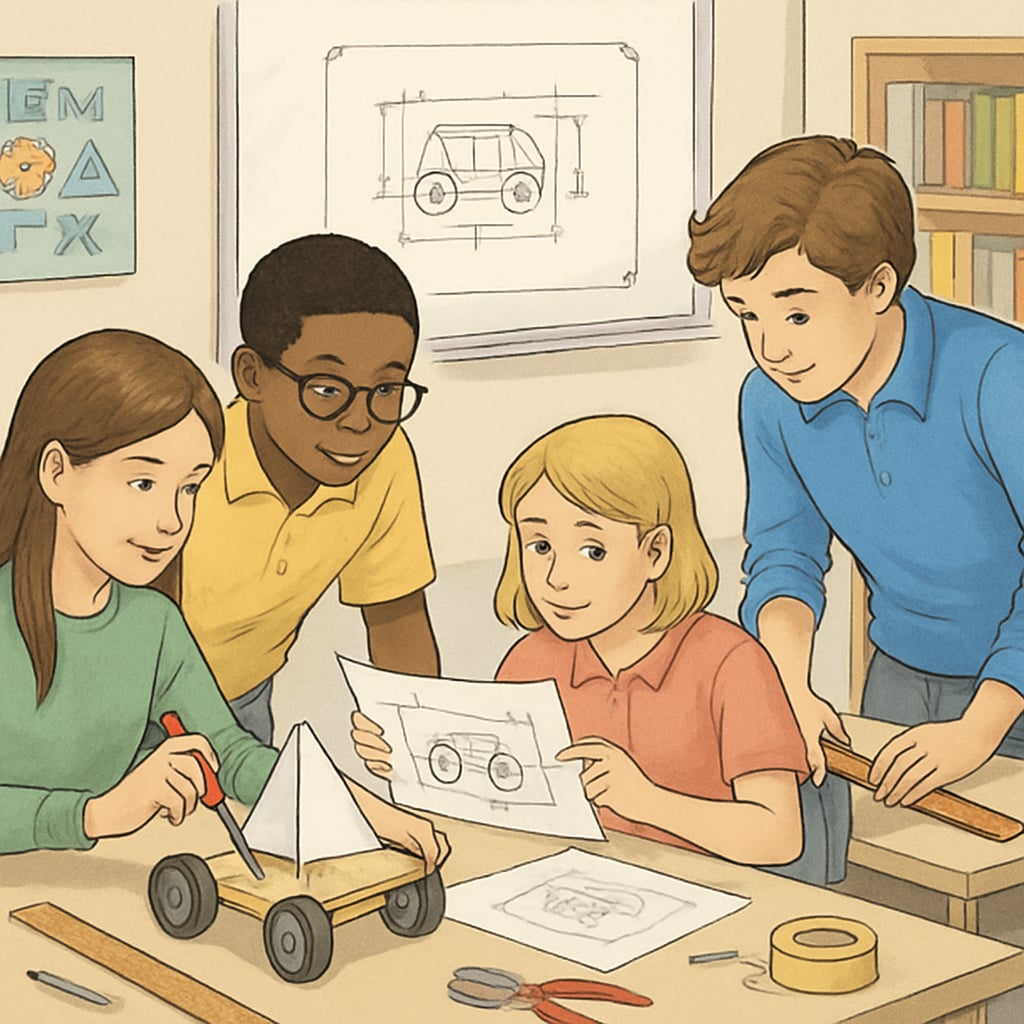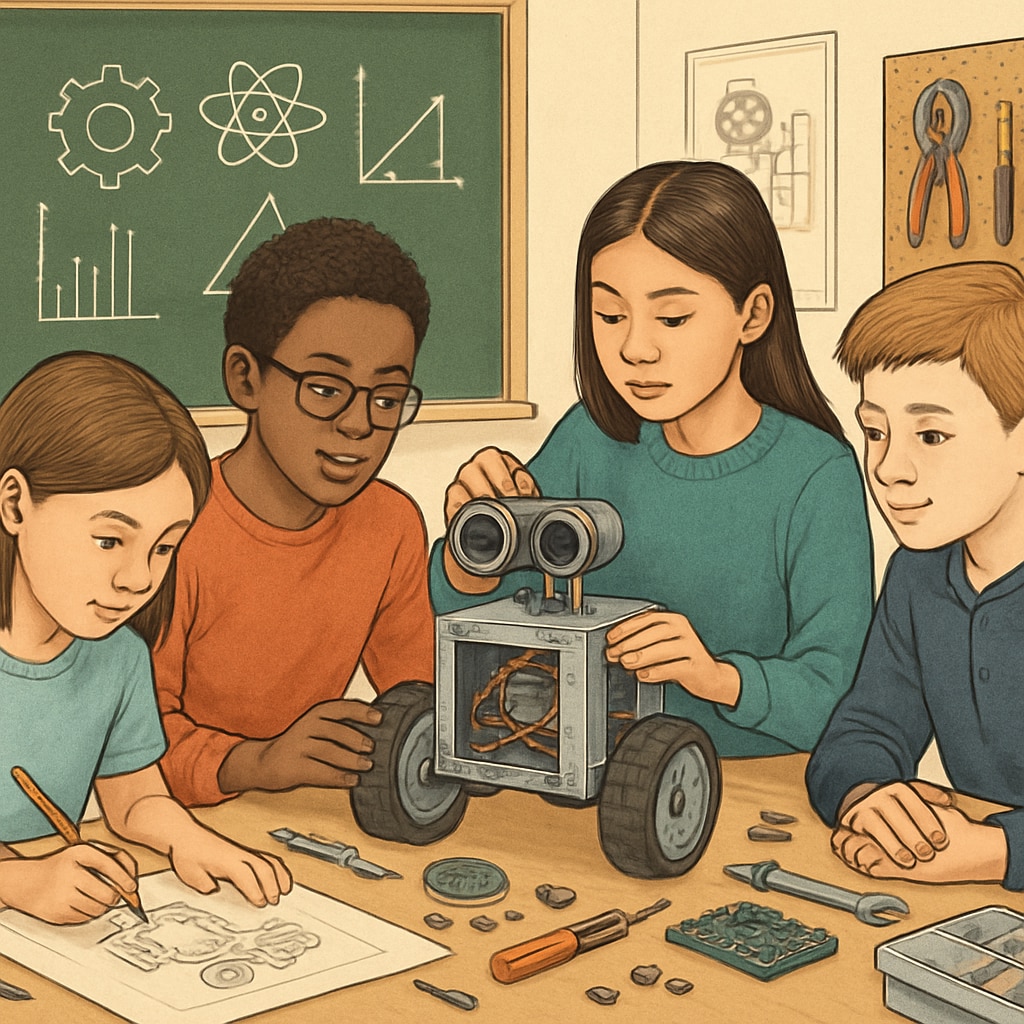In the rapidly evolving field of design engineering, selecting the right degree and career path is critical. However, the foundation for these choices is often built long before college, during the K12 education phase. This article delves into the importance of nurturing design engineering talent early, focusing on degree choices, career development, and the integration of STEM (Science, Technology, Engineering, and Mathematics) education with design thinking. By addressing current educational gaps and exploring innovative approaches, we aim to guide educators and parents in preparing students for the opportunities and challenges of this dynamic industry.
Why K12 Education Matters in Design Engineering
Design engineering combines creativity and technical expertise, making it essential to cultivate both skill sets as early as possible. K12 education serves as the foundation for developing a student’s curiosity, problem-solving abilities, and analytical thinking. Unfortunately, many education systems lack a structured approach to integrating STEM and design principles into their curricula, leaving students underprepared for higher education and career opportunities.
According to a Britannica article on STEM, early exposure to hands-on learning and interdisciplinary approaches helps students connect theoretical knowledge with real-world applications. For instance, introducing concepts like 3D modeling, robotics, or sustainable design can inspire students to explore design engineering as a viable career path.

Challenges in Aligning K12 Education with Design Engineering Career Paths
Despite its importance, there are several challenges in aligning K12 education with the demands of design engineering careers:
- Limited Resources: Many schools lack the funding or expertise to offer advanced STEM or design courses.
- Rigid Curricula: Traditional education models often prioritize rote learning over creativity and problem-solving.
- Unequal Access: Socioeconomic disparities result in unequal access to quality STEM education.
Furthermore, students often lack awareness of the diverse degree options in design engineering, such as mechanical design, industrial design, or systems engineering. Without proper guidance, they may pursue degrees that don’t align with their interests or the demands of the industry.
Integrating Design Thinking and STEM for a Better Future
To address these challenges, K12 education must evolve to integrate design thinking and STEM principles effectively. Design thinking—a problem-solving approach that emphasizes empathy, creativity, and iterative testing—can complement STEM education by encouraging students to think critically and innovate.
For example, project-based learning can be an excellent way to merge these disciplines. Students could work on projects such as designing a sustainable energy solution or creating assistive devices for people with disabilities. These hands-on experiences not only solidify theoretical knowledge but also help students develop a portfolio that could be valuable for college applications and career opportunities.

Degree Choices and Their Impact on Career Development
Once students complete their K12 education, the next critical step is selecting the right degree to pursue. The field of design engineering offers a variety of academic pathways, each with its unique set of skills and career prospects. Some common degree options include:
- Mechanical Engineering: Focuses on the design and manufacturing of mechanical systems.
- Industrial Design: Emphasizes aesthetics, ergonomics, and usability of products.
- Systems Engineering: Involves designing and managing complex systems across disciplines.
Choosing the right degree depends on the student’s interests, strengths, and long-term career goals. For instance, a student passionate about sustainability might pursue environmental engineering, while someone interested in consumer products might opt for industrial design. Guidance from educators and career counselors during the K12 phase can significantly influence these decisions.
For additional insights, check out this detailed guide on design engineering.
Conclusion: Preparing the Next Generation of Innovators
In conclusion, building a strong foundation for design engineering careers begins during the K12 education phase. By addressing current gaps in STEM integration, promoting design thinking, and providing guidance on degree choices, educators and parents can prepare students for a successful future. As the demand for design engineers continues to grow, investing in early education reform is not just beneficial but essential for nurturing the next generation of innovators.
By aligning educational practices with industry needs, we can ensure that students are not only prepared for academic challenges but also equipped to contribute meaningfully to the world of design engineering.


